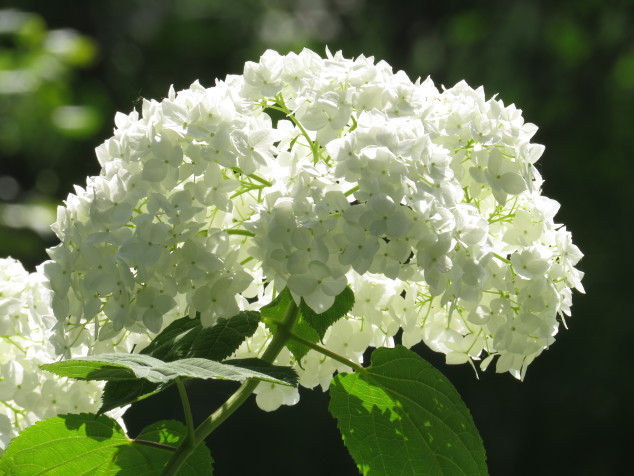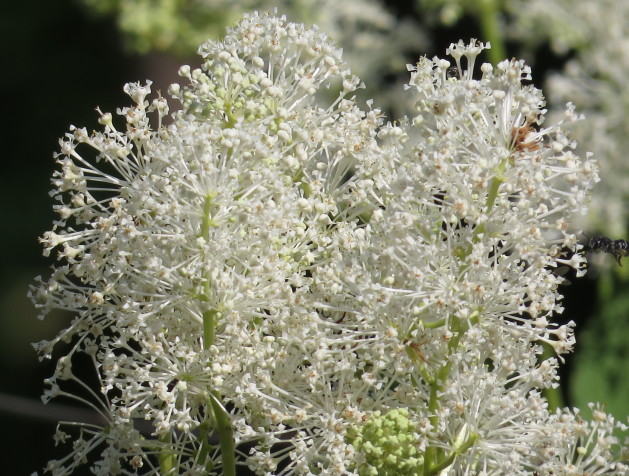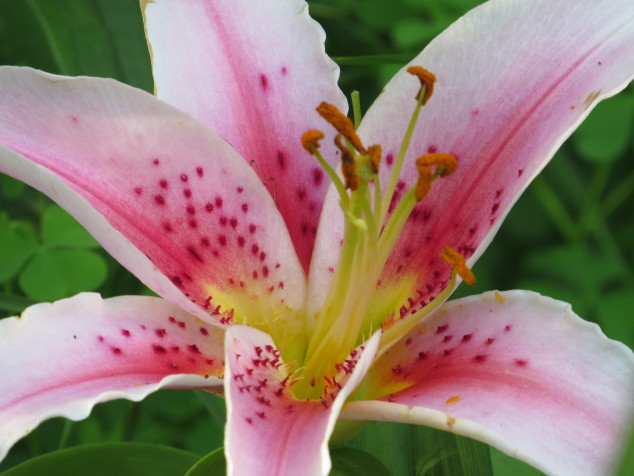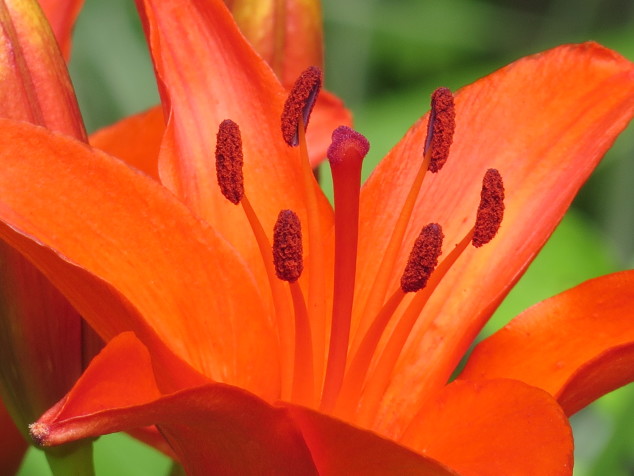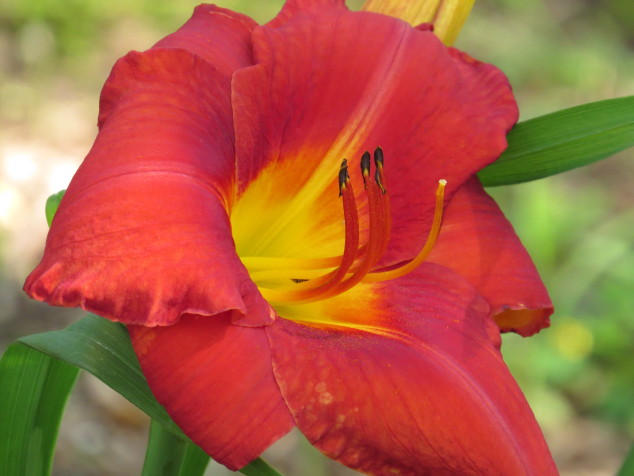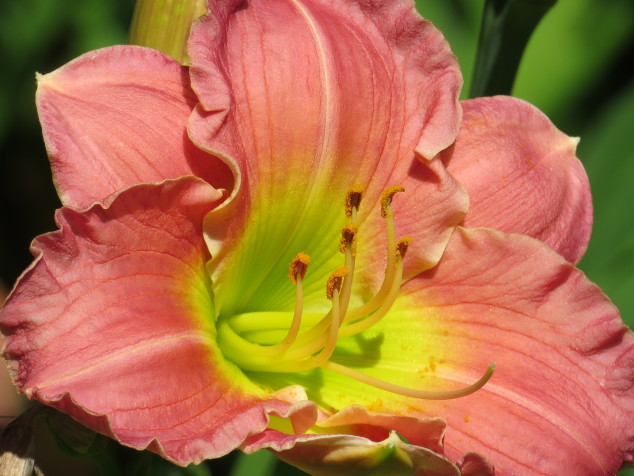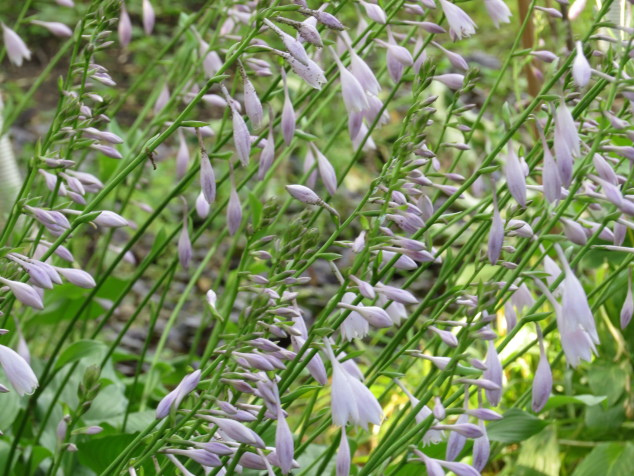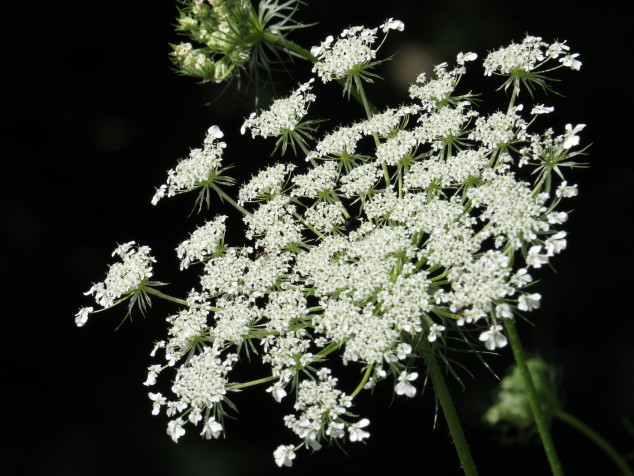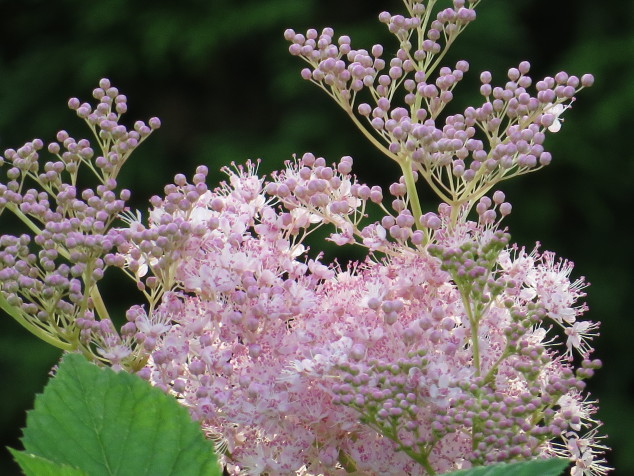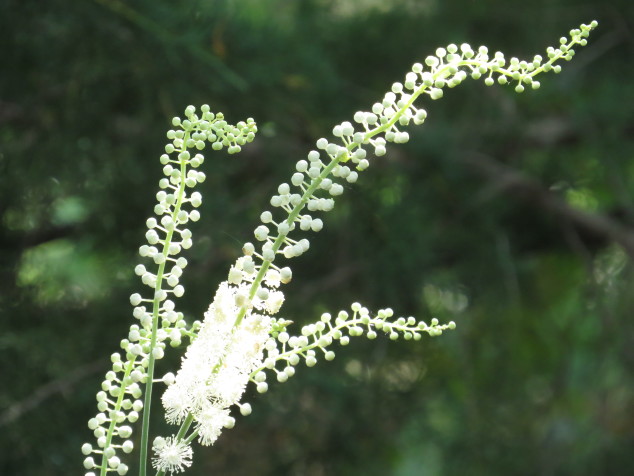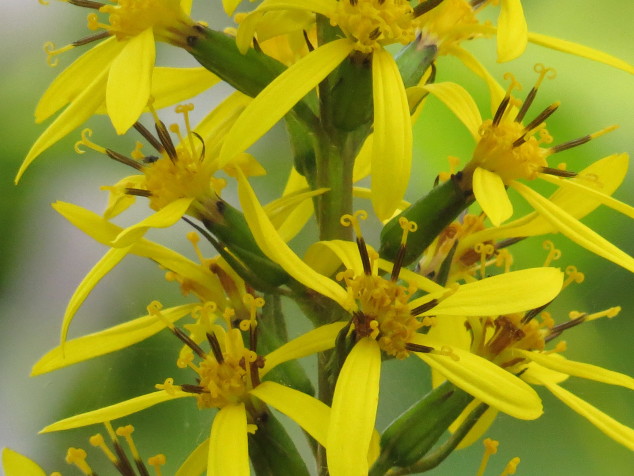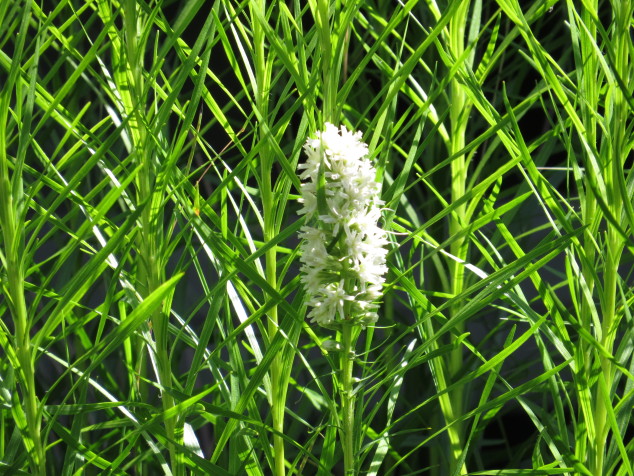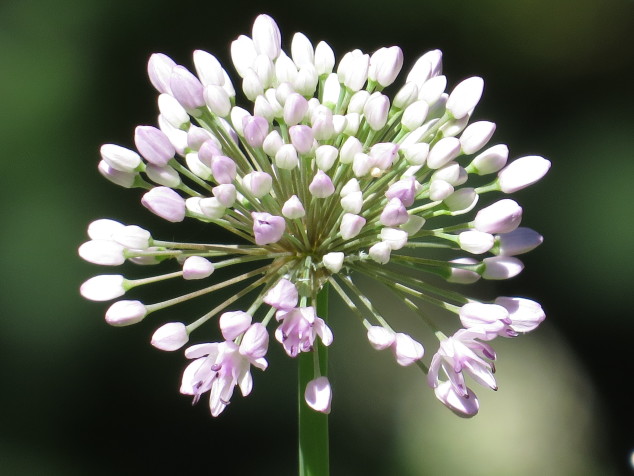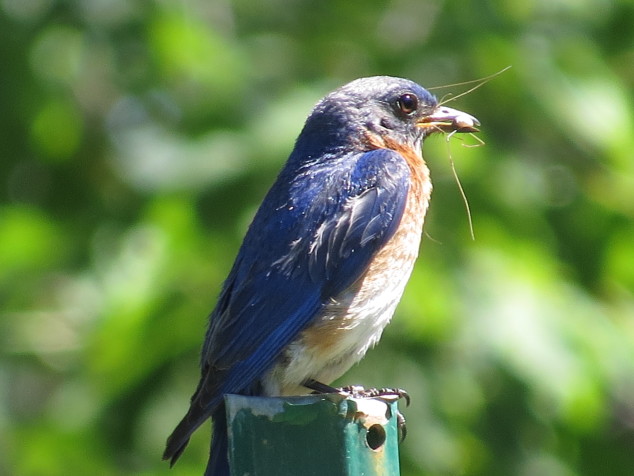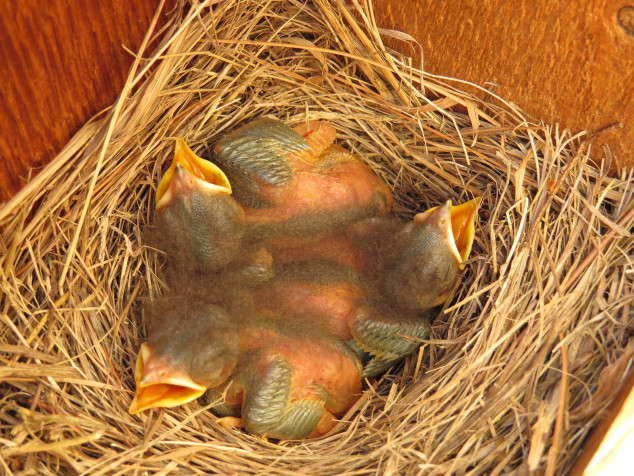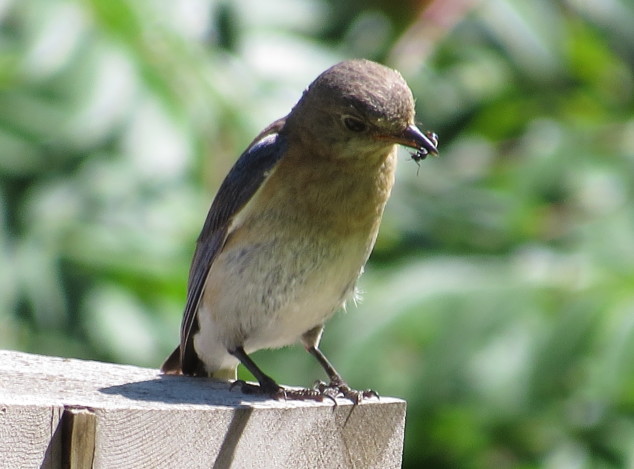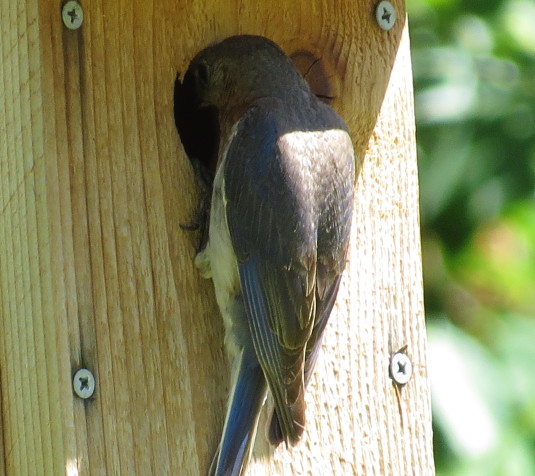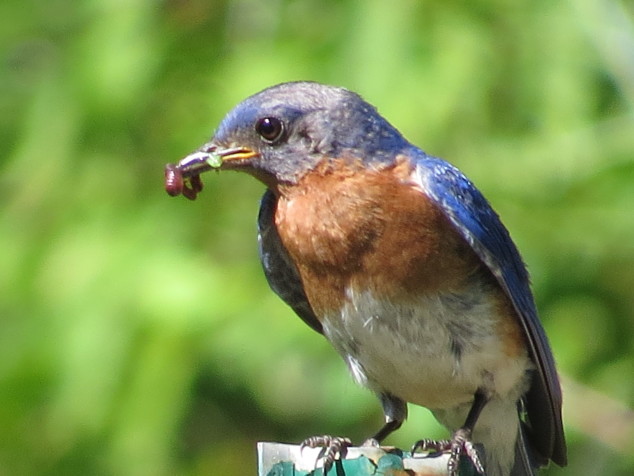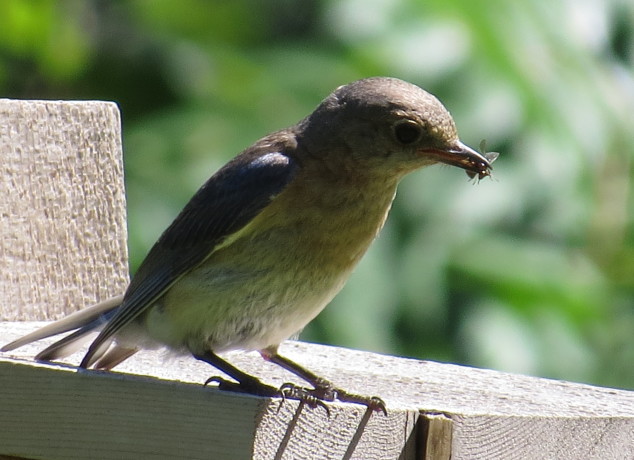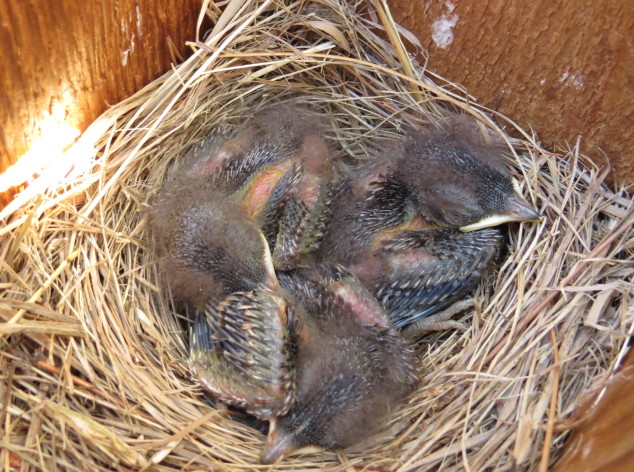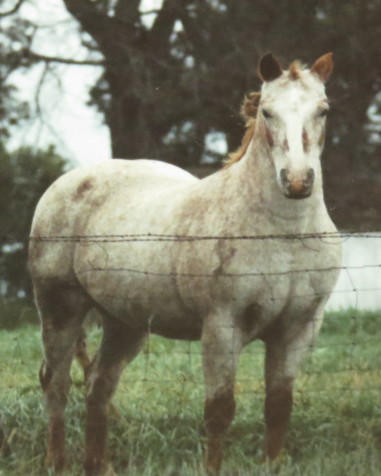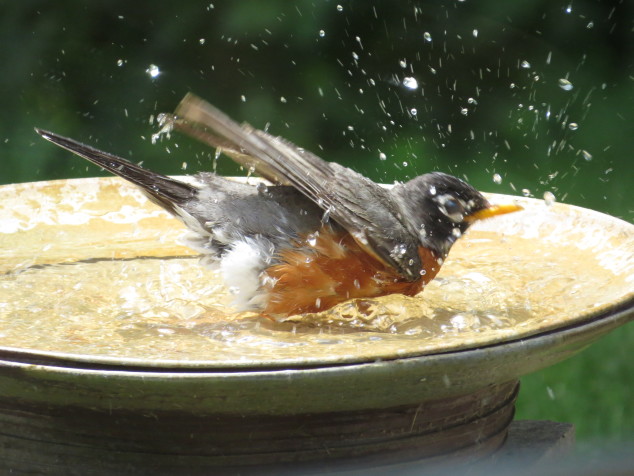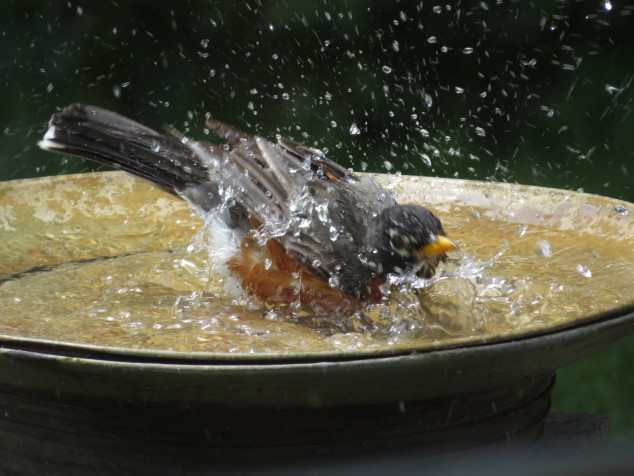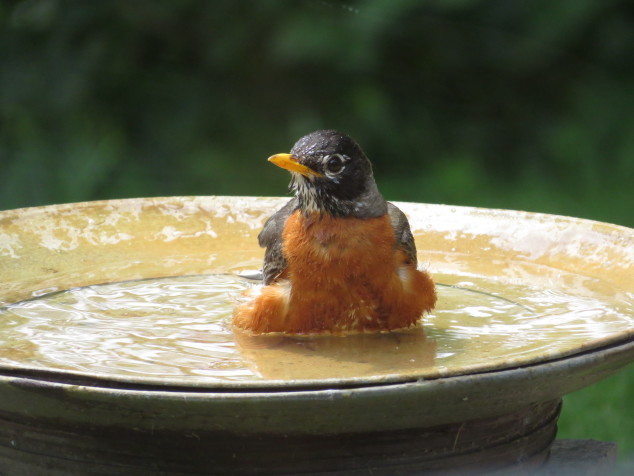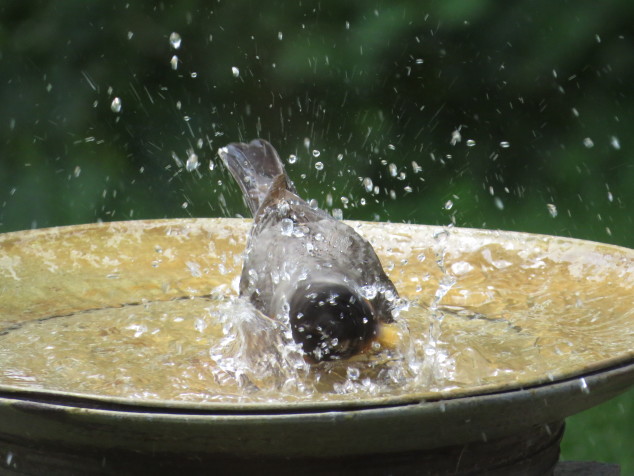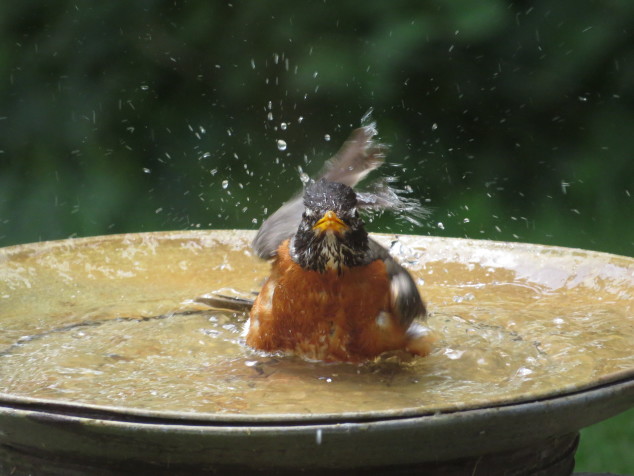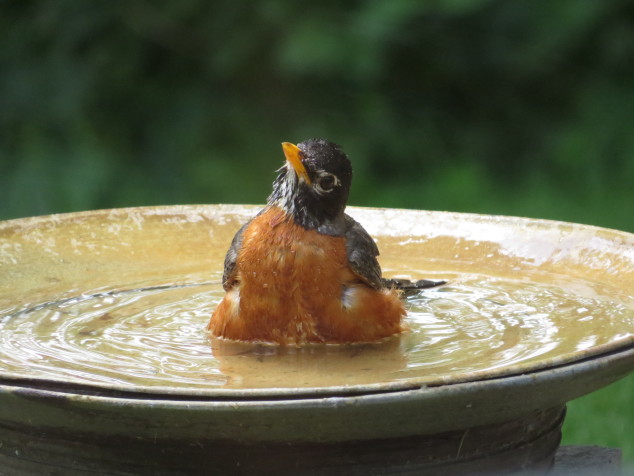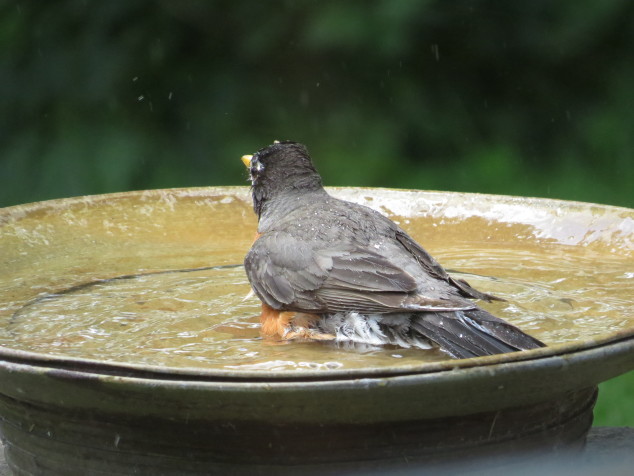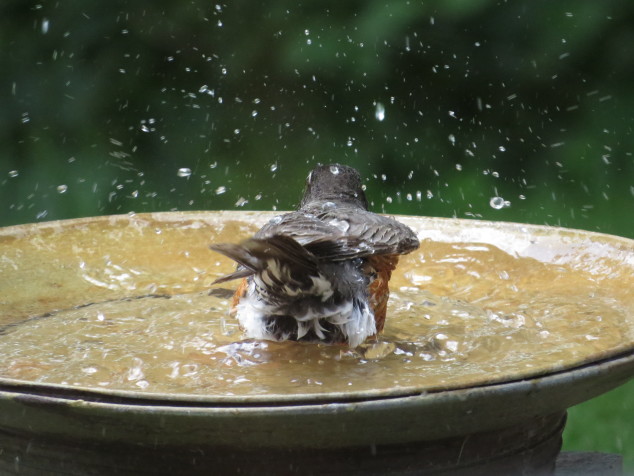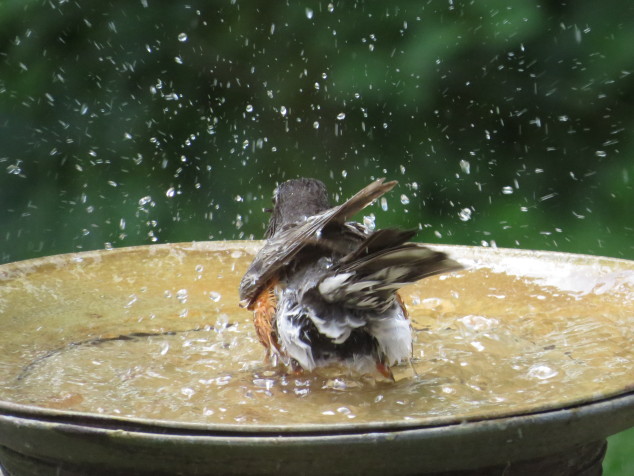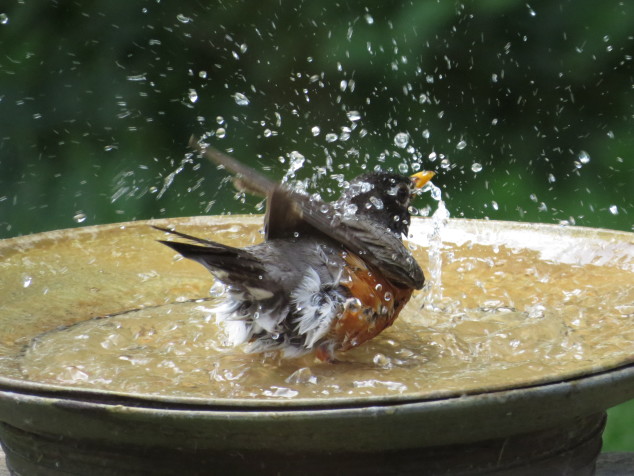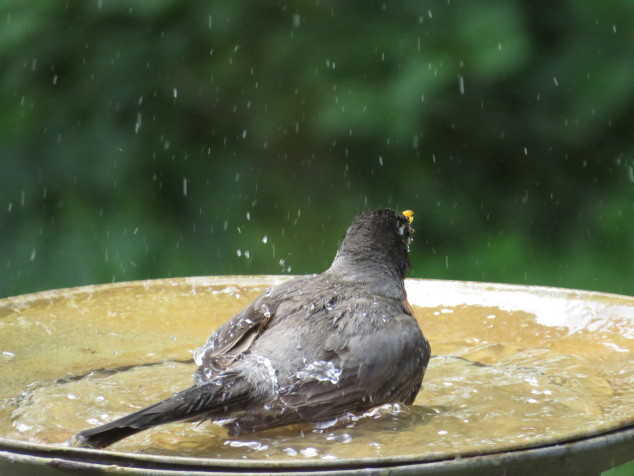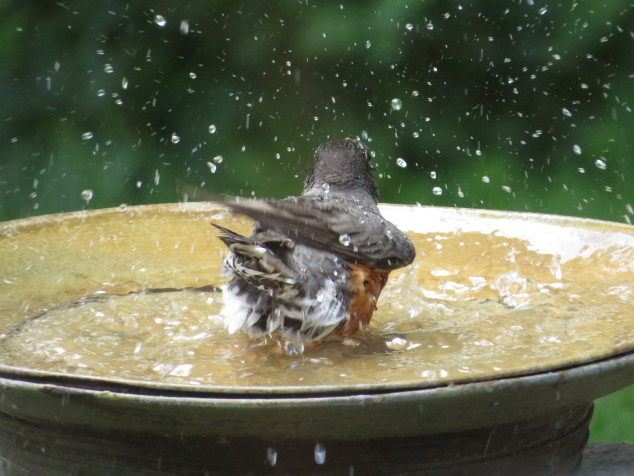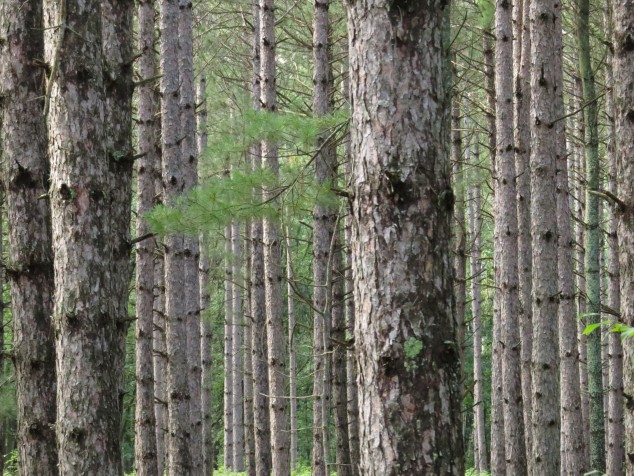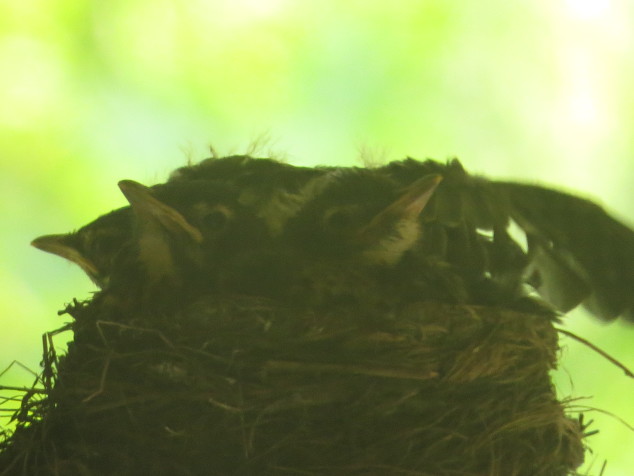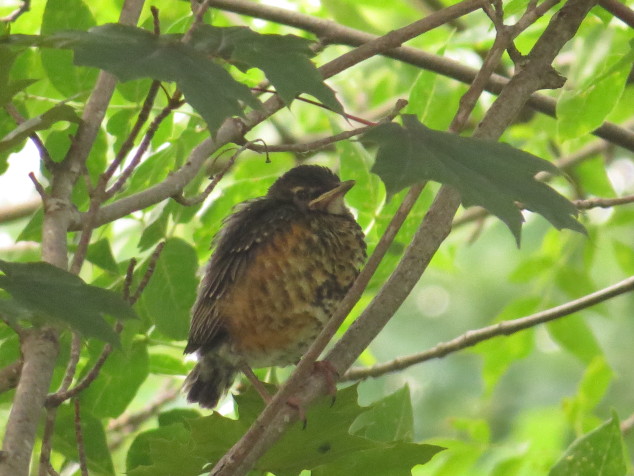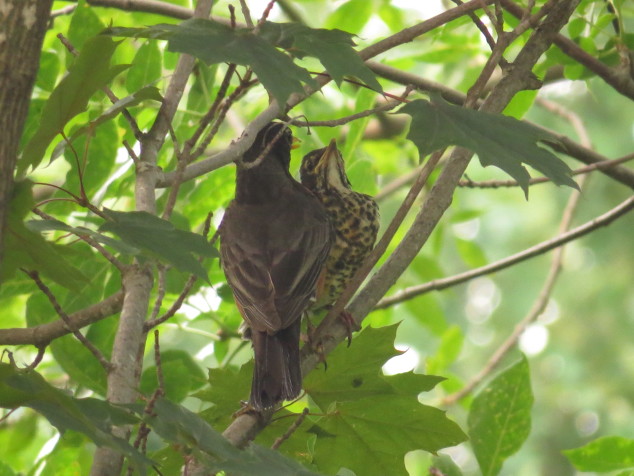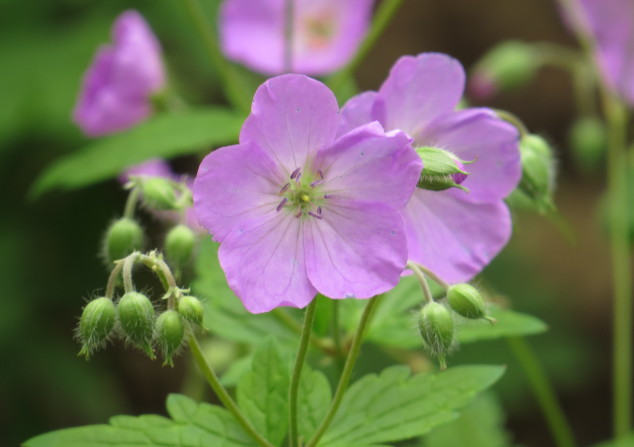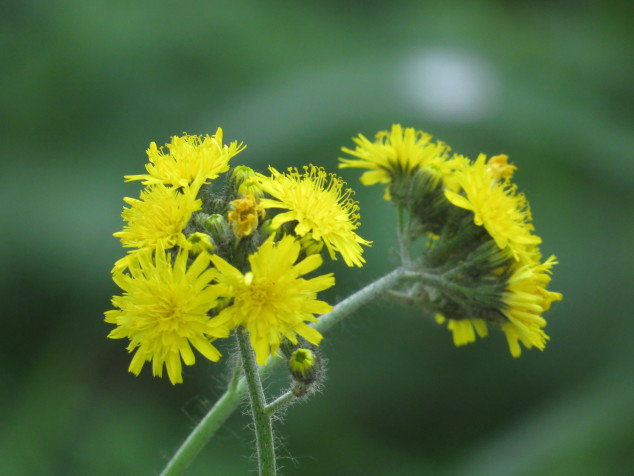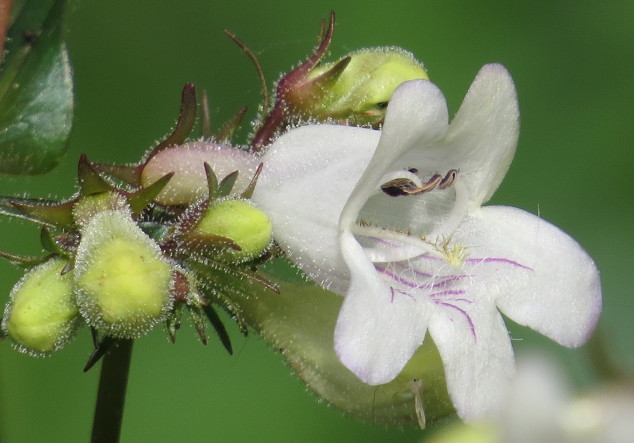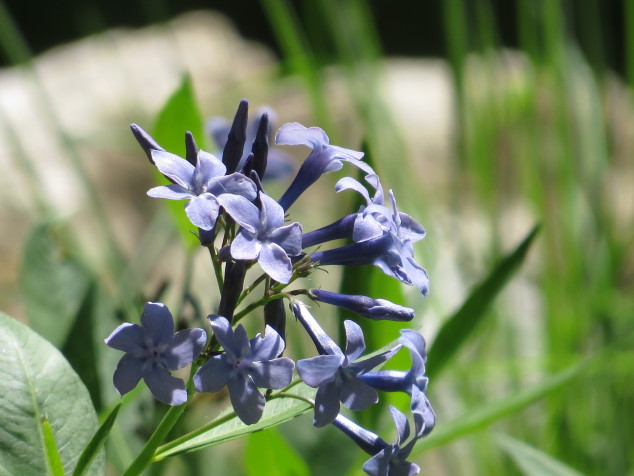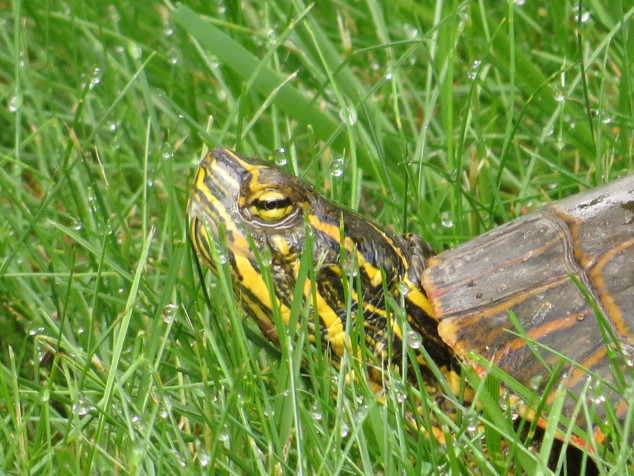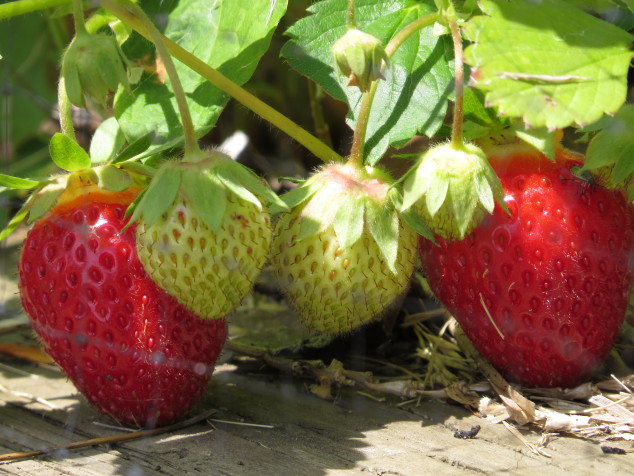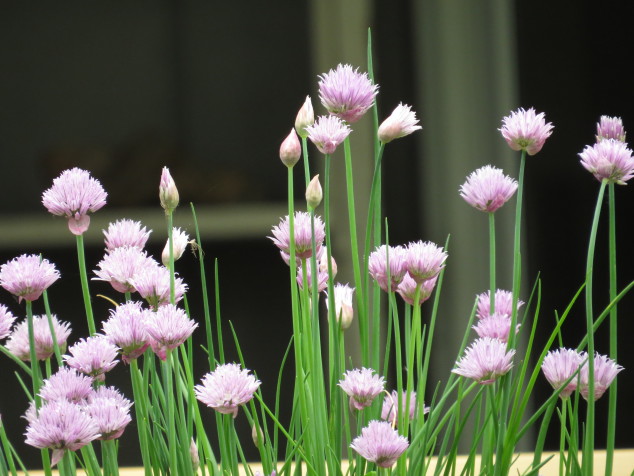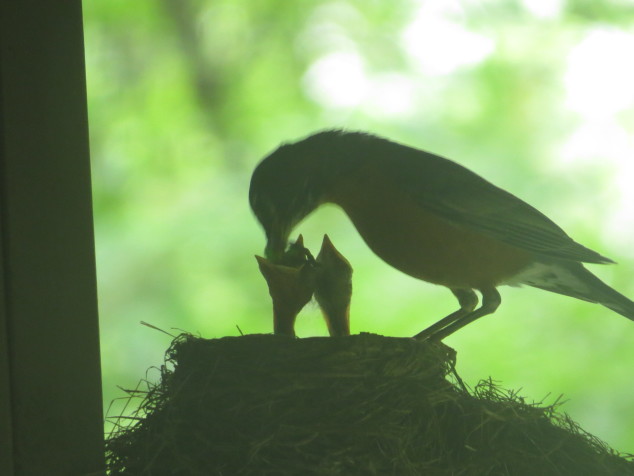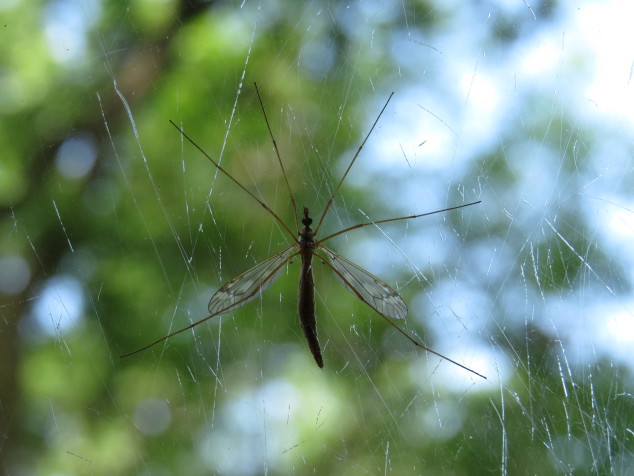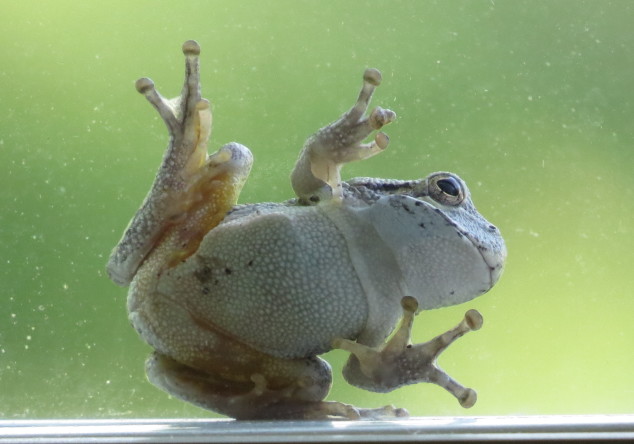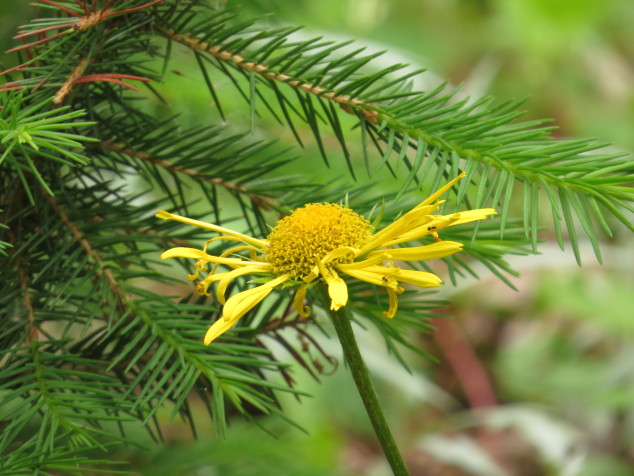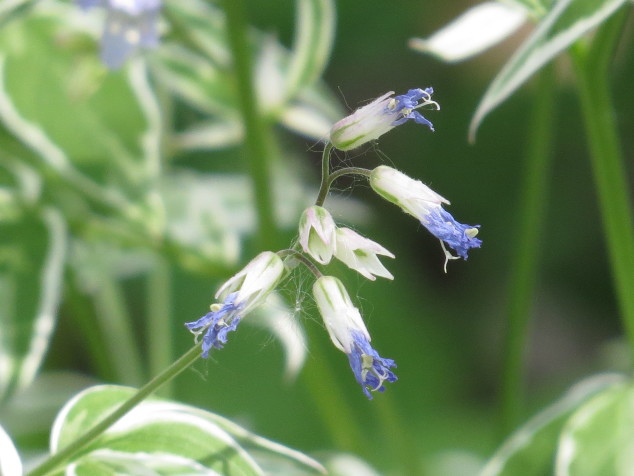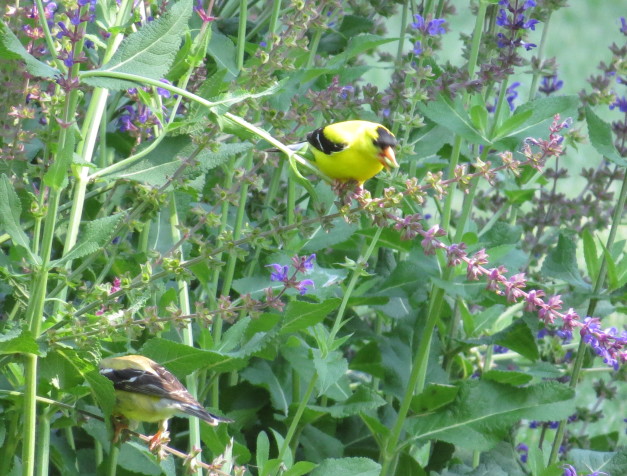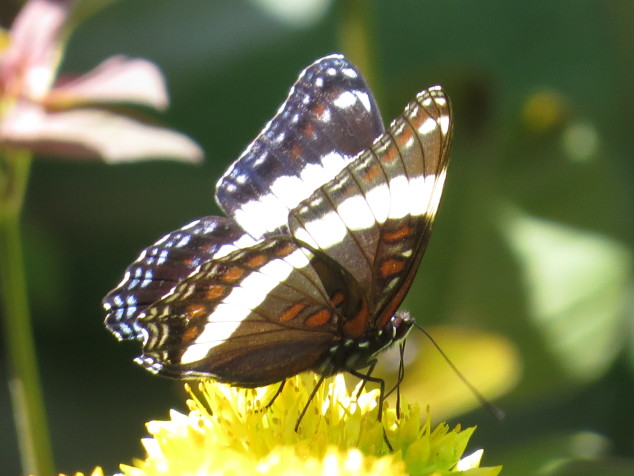July is our true summer month here in Central Minnesota. We have our warmest temperatures that team up with high humidity, making me pine for air conditioning–for a week or so! While looking through my photos from July, I realized two things–I didn’t get out much (‘out’ meaning beyond our place), and July is the month of flowers! So my gleanings post will be about flowers–all of which have bloomed in July here on the home place.
We have a number of shrubs that bloom in the heart of summer, the most spectacular being the hydrangeas. Annabelle hydrangeas are tough, cold-tolerant shrubs that have huge, showy white flowers every year, even after severe pruning.
A small native shrub that attracts butterflies, bees, and hummingbirds is New Jersey Tea. The dried leaves were used as a tea substitute during the American Revolutionary War. The flowers look like fireworks!
Extravagant, colorful Lilies celebrate summer in bold style: fragrant Oriental lilies…
elegant Asiatic lilies…
and the fleeting beauty of a Daylily.
Mature Hosta plants produce an abundance of tall flower stalks covered with light purple, bell-shaped blooms which open from the bottom up. The overwhelming number of blossoms masks the beauty of the individual flower…
…until you look at it closely.
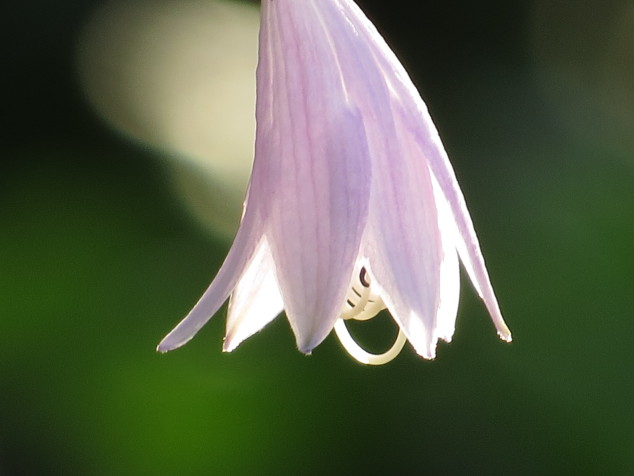 July is the month for royalty–Queen Anne’s Lace and Queen of the Prairie! Queen Anne’s lace is a biennial. The tender first-year leaves can be used in salads. The root of this ‘wild carrot’ has a high sugar content, second only to the beet among root vegetables, and has been used to sweeten foods. Use extreme caution before harvesting, as the leaves of this edible plant resemble the leaves of poison hemlock, fool’s parsley, and water hemlock, which are all poisonous.
July is the month for royalty–Queen Anne’s Lace and Queen of the Prairie! Queen Anne’s lace is a biennial. The tender first-year leaves can be used in salads. The root of this ‘wild carrot’ has a high sugar content, second only to the beet among root vegetables, and has been used to sweeten foods. Use extreme caution before harvesting, as the leaves of this edible plant resemble the leaves of poison hemlock, fool’s parsley, and water hemlock, which are all poisonous.
Queen of the Prairie has frothy clusters of pink flowers on three to six-foot tall stems. It is a native perennial of northeastern and north central United States.
Black snakeroot (Cimicifuga Racemosa) is a tall, shade-loving plant with spikes of bottle-brush flowers.
Ligularia ‘ The Rocket’ loves moist shady areas. It is a clumping perennial with toothed foliage and tall spikes of yellow flowers.
Blanket flowers or Gaillardia are bright, sun-loving perennials that are easy to grow.
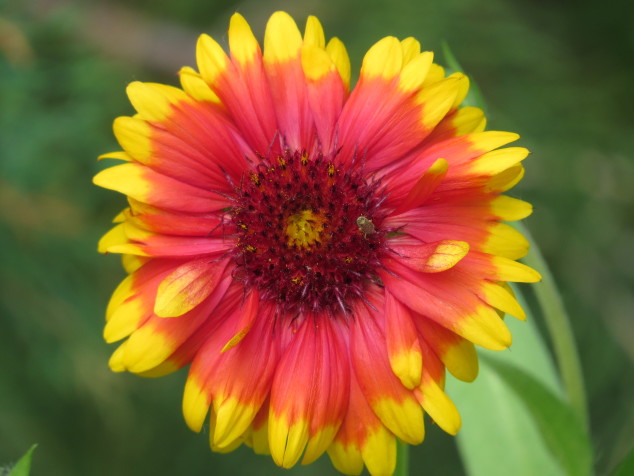 Liatris or blazing star is commonly purple in color, and we have many of them, but I think my favorite is the ‘Alba’ or white cultivar. The grass-like leaves create a beautiful background to these spiky flowers that, unlike most flowers, bloom from the top down.
Liatris or blazing star is commonly purple in color, and we have many of them, but I think my favorite is the ‘Alba’ or white cultivar. The grass-like leaves create a beautiful background to these spiky flowers that, unlike most flowers, bloom from the top down.
Onions and garlic are Alliums for the vegetable garden, but there are many ornamental Alliums. They are grown from bulbs that need to be planted in the fall. These oniony-smelling plants are deer and rodent resistant and need very little care.
Flowers have an expression of countenance as much as men or animals. Some seem to smile; some have a sad expression; some are pensive and diffident; others again are plain, honest and upright, like the broadfaced sunflower and the hollyhock. Henry Ward Beecher
Perhaps we have more in common with flowers–and vice versa–than we thought! Some of us are bold and stand out in a crowd. Others are understated and may get lost in a crowd. Some have a calm and regal air about them. We are all different sizes and colors and smells. But one thing is for sure–each one of us is a valued member in the Garden of Life.
P.S. The three eaglets that we have been following have fledged! Another empty nest!
